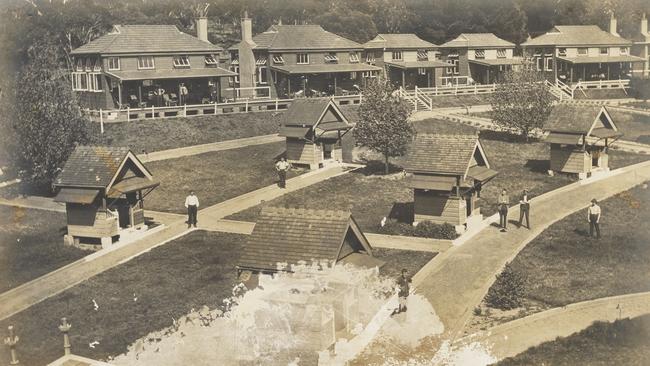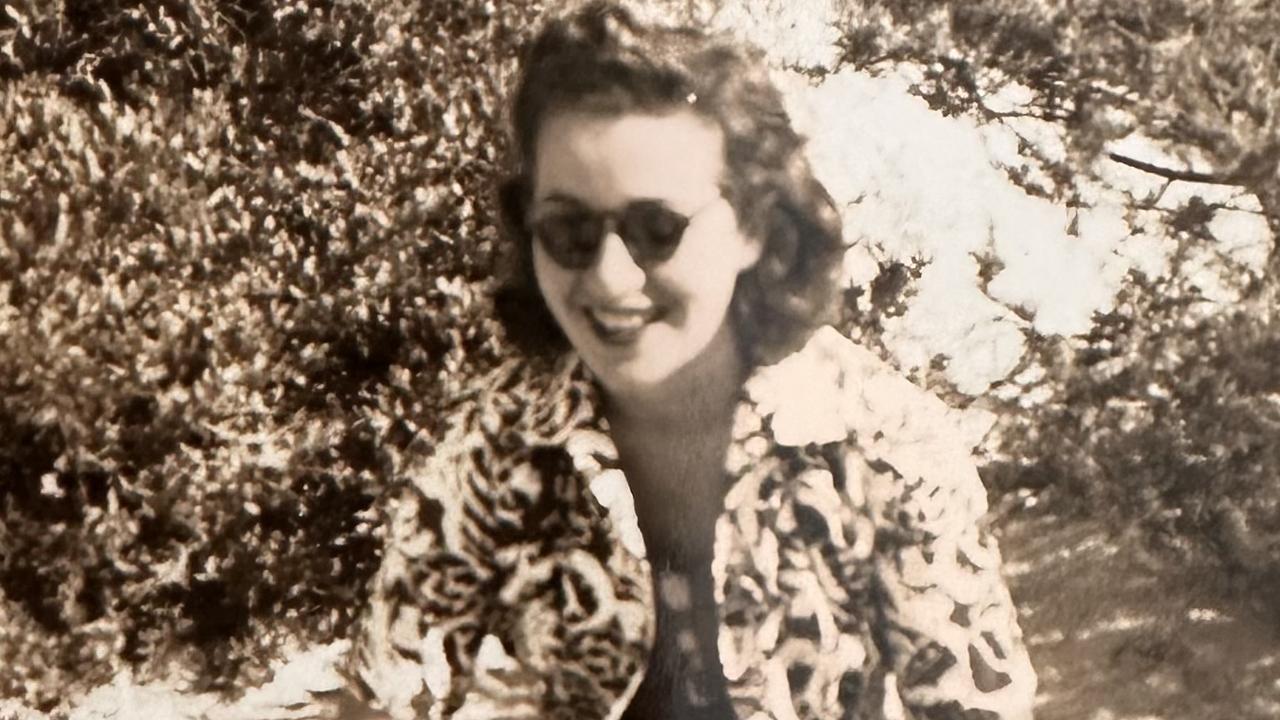‘White plague’ patients headed for the hills
Tuberculosis was once thought to be a romantic disease because it was contracted by many poets and artists.

Today in History
Don't miss out on the headlines from Today in History. Followed categories will be added to My News.
News this week that a Sydney childcare worker was found to be infected with tuberculosis has sparked concerns that the disease could spread.
While we tend to think of TB as a disease that affected people in past centuries, when it was known as “consumption”, recurrences in recent times have been blamed partly on new strains of the bacteria caused by people failing to finish courses of antibiotics designed to kill it.
In the 18th and 19th centuries dozens of historical figures — including writers, artists, musicians and opera characters — died from the disease. While there were also many cases of cures, it was usually a death sentence.
The disease, caused by myobacterium tuberculosis, is contagious but only passed on through close and prolonged exposure. It is most familiar in the respiratory form but there are forms that affect the spine, and scrofula which affects the skin.
Tuberculosis started to become a major problem only when humans began living together in large numbers in ancient societies with large urban areas such as Mesopotamia and ancient Egypt.
Egyptians used a combination of prayer to dispel evil spirits thought to cause the disease and other practical measures such as potions of herbs and honey. The Egyptians also noted the harmful effects of sandstorms on patients with respiratory problems and worked to reduce exposure to the elements.
There are mentions of tuberculosis in the Ayur-Veda, an ancient Indian text on medicine dating back to 700BC. One says that a physician who wants “great fame cures a man attacked by consumption”. The Indian treatment for TB involved improved hygiene and changes in diet.
Ancient Greek physician Hippocrates (460-375BC) knew the disease by the name phthisis, recognising that some forms were inevitably fatal but others were treatable. He recommended confinement to the temple of healing, rest, a good diet with plenty of milk, exercise and avoidance of extremes of weather.
Galen, a physician who lived in a Greek-speaking part of Anatolia in the second century AD, had similar ideas but also recommended plasters for the chest, medicinal gargles as well as moving to a health resort with dry air.
That thinking stayed much the same for centuries, although in medieval times people prayed to saints rather than healing gods.
The growth of urban areas during the Industrial Revolution sparked an epidemic of consumption, known as the “white plague” and in turn created a huge industry to treat those affected.
Some doctors did far more harm than good. In 1816 physician Edward Delafield published a paper recommending blood letting, emetics, opium, mercury, digitalis and Peruvian bark. Many doctors also noted fewer cases of the disease in rural areas and among those who lived in warm climates near the sea, recommending their patients get out of the city to the clear air of the country.
Throughout the 19th century and into the 20th century consumptives did just that, causing a boom in health spas and, later, specially designed sanatoriums for tuberculosis patients.
The first tuberculosis sanatorium was opened in Gorbersdorf in Silesia (in what is today Poland) by Dr Hermann Brehmer in 1854.
Areas such as Arosa in Switzerland and Palm Springs in the US were built on the industry of caring for TB patients.
In the late 19th and early 20th century in Australia special consumptive hospitals included Kalyra in South Australia, Waterfall Sanatorium south of Sydney, Queen Victoria Homes For Consumptives at Wentworth Falls and Melbourne Benevolent Asylum at Heatherton.
While some doctors continued to swear by open-air consumptive treatments, other surgeons tried more direct methods such as collapsing lungs or using chemotherapy, both of which could be dangerous. The hunt for the cause would ultimately lead to vaccinations and effective treatments.
While physicians had theorised for centuries that the disease was contagious it was not until 1882 that the bacterium causing the disease was first isolated and identified by German scientist Robert Koch. He later won the Nobel Prize.
In the ’20s French bacteriologists Albert Calmette and Camille Guérin were able to successfully vaccinate children using a bovine form of tuberculosis bacilli.
Researchers then began looking for a drug that could be used to kill the germ. In 1944 a team led by Selman Waksman used streptomycin to successfully cure a consumption patient.



